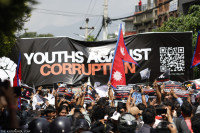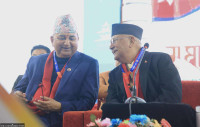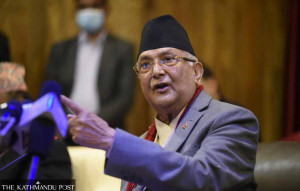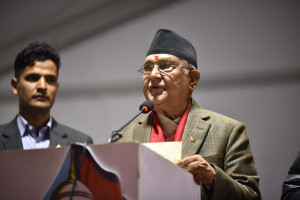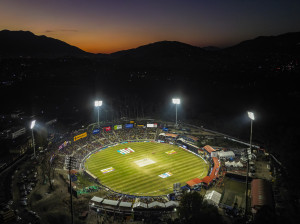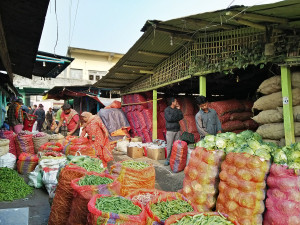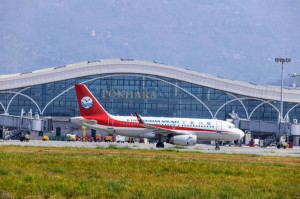Editorial
Homework
Backed by a more-than-a-comfortable majority, the Oli government seems to enjoy great interest from two of our neighbours who look keen to support infrastructure projects.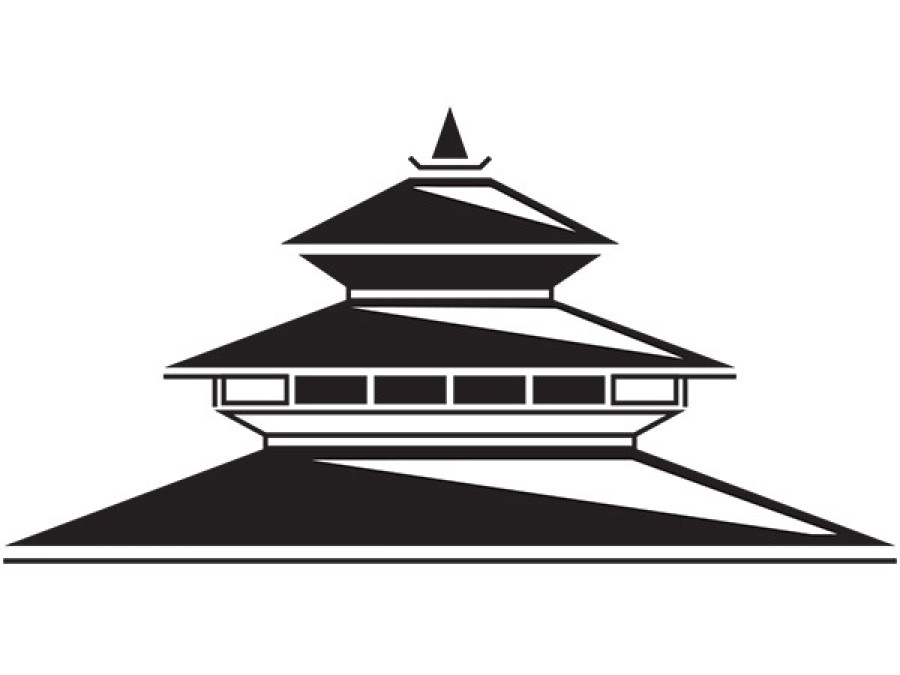
Backed by a more-than-a-comfortable majority, the Oli government seems to enjoy great interest from two of our neighbours who look keen to support infrastructure projects. Nepal is in a great position to jumpstart sustained economic growth at a healthy clip. An important signal to the times ahead, Prime Minister Oli on Monday inaugurated the first major China-assisted project in his current tenure.
What is especially important about this project, a 19-building academy for the country’s Armed Police Force, is that it was completed six months ahead of schedule. Started less than 10 days before the 2015 earthquake, construction was completed before time even as the country suffered through the devastating natural disaster and the subsequent Indian blockade. Capturing the significance of this project and the pace of its construction, Oli has stated that this had set a “new example” for infrastructure development in the country. He further took the opportunity to stress that “the speed of our development will [now] be like this.”
However, even as Nepal is hoping to switch to higher gears in accepting outside help and completing major projects, there is a need for the country to curb its own carelessness. While China’s keenness to support our development is well documented, and the fact that they possess massive human and capital resources is unquestioned, it is up to Nepali authorities to manage the local needs.
Take for example, the current state of the project to upgrade the Capital’s Ring Road. The upgrading of a 10km stretch of the Ring Road, from Koteshwor to Kalanki, is nearing completion. Started in 2013 and constructed with the support of our northern neighbour, it took the concerned authorities till the final stage in the past few months—and after public outcry and the occurrence of accidents—to realise that the project had some issues. The expressway, located in densely populated neighbourhoods, does not have enough provisions to allow for the safe crossing of pedestrians. It also does not have a median strip dividing the two sides of vehicular traffic—something that is required by the Department of Roads’ own guidelines for a road this wide. The lack of such provisions creates major safety hazards that could have been easily avoided through proper planning. But now, by the DoR authorities’ own admission, the features will cost millions more to retro-fit. This will also push back the road’s completion date.
The lack of foresight and planning is evident in many other projects the Nepal government has pursued. The never-ending Narayanghat-Mugling highway project points to a lack of proper planning. Whereas the partially completed (and now halted) capacity enhancement project of the Tribhuvan International Airport—awarded then to Spanish contractor Constructora Sanjose—shows that not enough homework was done when selecting the contractor. The trouble authorities had in Kokhana and with the Rani Pokhari issue also points to the importance of accounting for the human aspect when designing projects.
As Nepal looks to our neighbours for support to develop our economy, we must be careful to focus on all facets while planning. To be sure, there is no doubt that the potential political stability provided by the Oli government will substantially cut the risks associated with high-cost infrastructure projects. And this will make Nepal an attractive investment destination. But that doesn’t mean Nepal is free from the responsibility of doing its homework on the feasibility of proposed projects and the returns associated. Equally important, prior research will also cut down the risk of public backlash against the development projects.




 16.12°C Kathmandu
16.12°C Kathmandu
